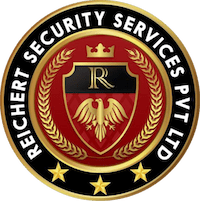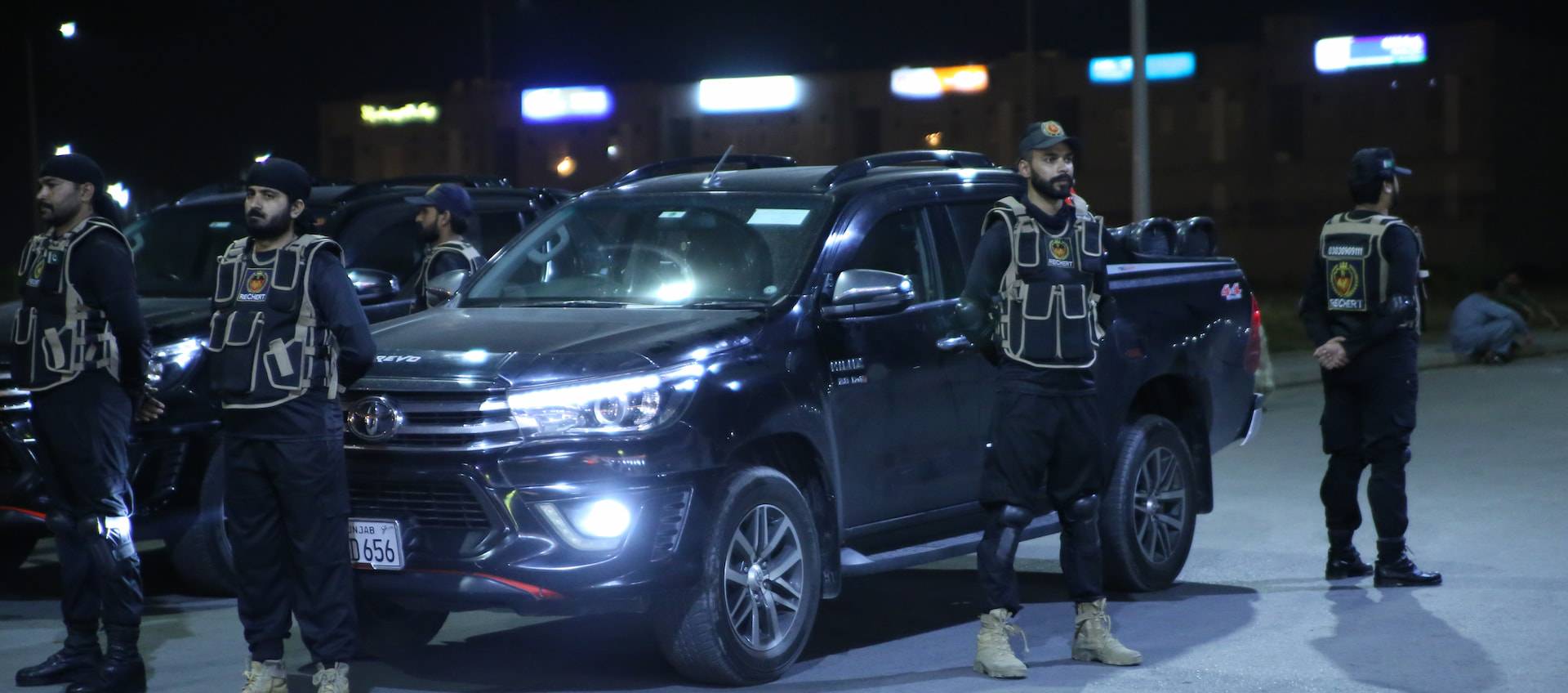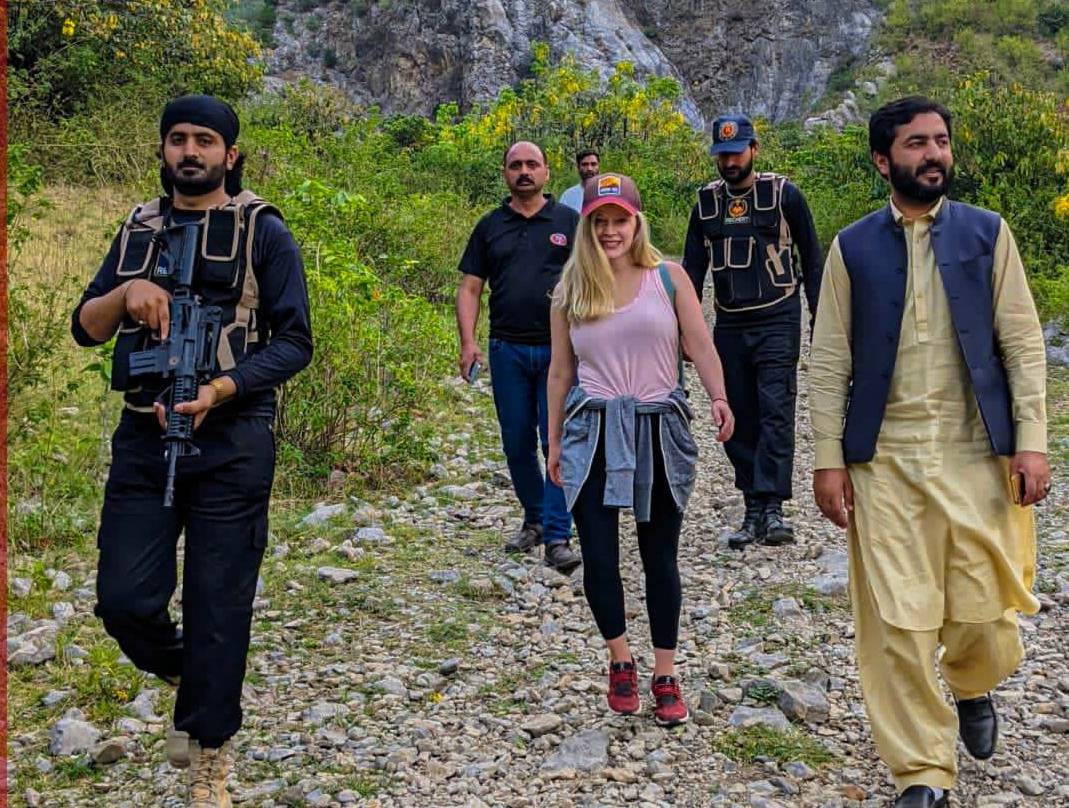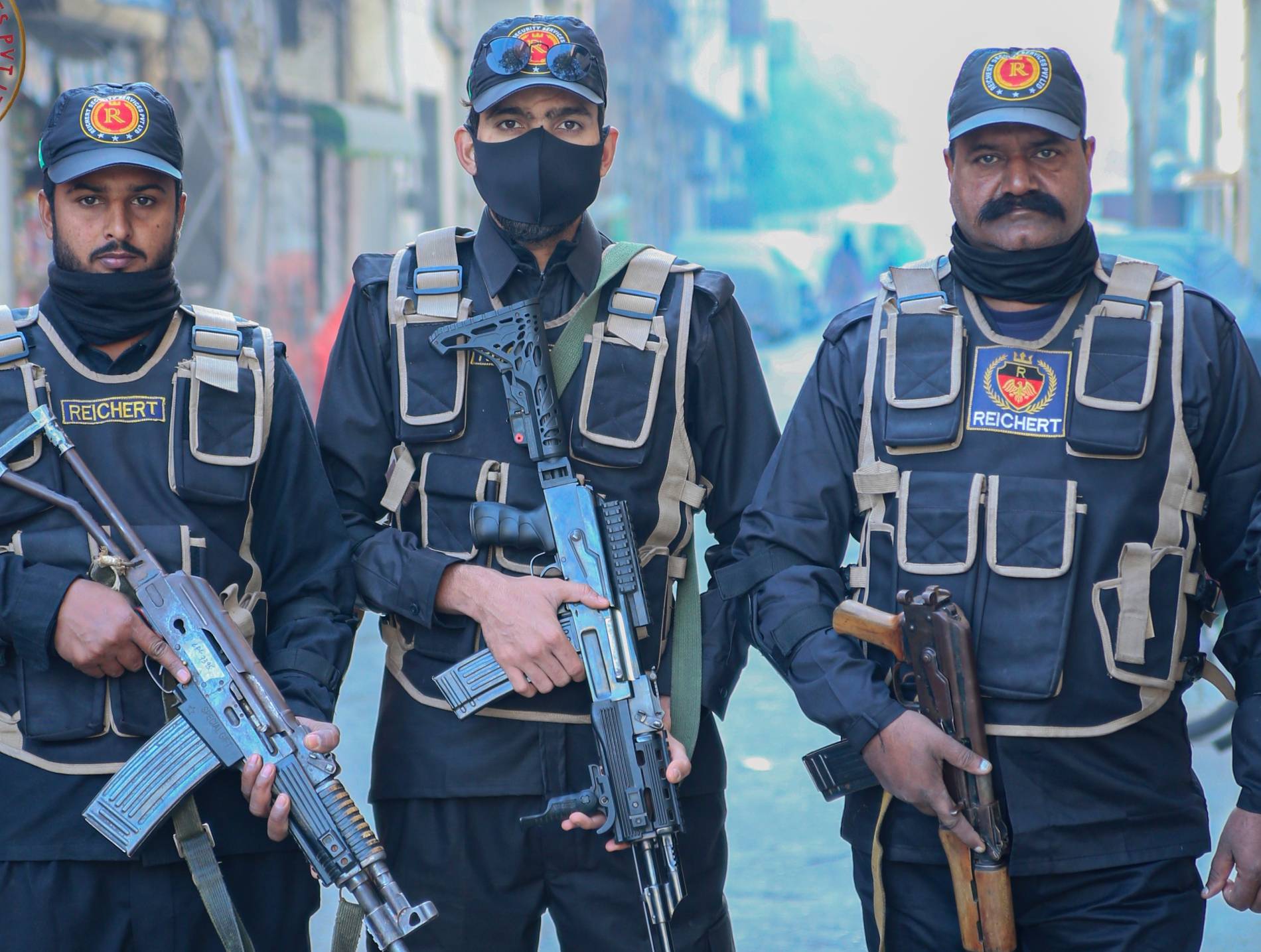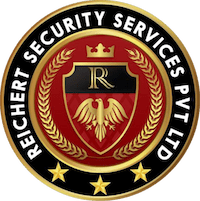Iran Country Report
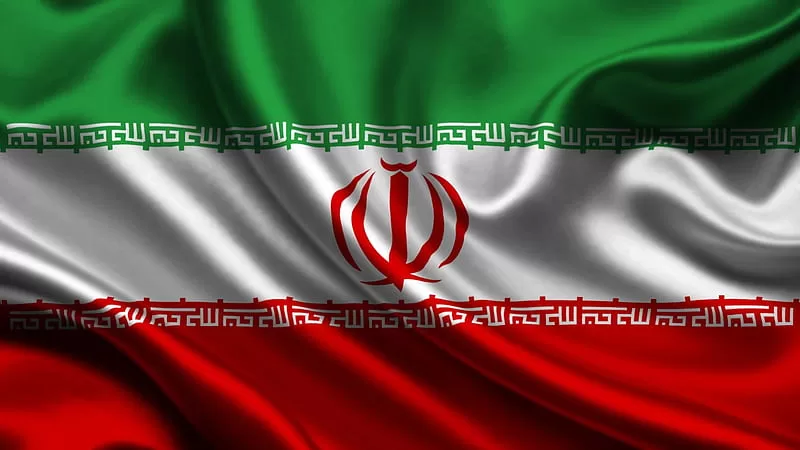
Iran, officially known as the Islamic Republic of Iran, is a country located in Western Asia, bordered by Turkey, Iraq, Armenia, Azerbaijan, Turkmenistan, Afghanistan, and Pakistan. With a rich history spanning thousands of years, Iran has been a center of culture, trade, and civilization. Today, it is a major regional power with significant influence in the Middle East. Iran’s political system is a unique blend of Islamic theocracy and democratic elements, with the Supreme Leader holding ultimate authority and elected bodies such as the President and Parliament playing key roles in governance. The country possesses vast oil and gas reserves, making energy a crucial component of its economy, alongside agriculture, manufacturing, and services. However, Iran faces challenges including economic sanctions, political unrest, and tensions with other nations, particularly regarding its nuclear program and regional involvement. Despite these challenges, Iran continues to play a significant role in shaping regional dynamics and global geopolitics.
Last updated: August 24, 2023
Security
Iran’s security landscape is influenced by a variety of factors, both domestic and international. Domestically, the government maintains control through various security agencies and paramilitary forces, ensuring stability and suppressing dissent. However, periodic protests and opposition movements underscore underlying social and political tensions. Regionally, Iran’s security is shaped by its complex relationships with neighboring countries and involvement in regional conflicts, particularly in Syria, Yemen, and Lebanon. Additionally, Iran’s nuclear program and its confrontation with the United States and its allies, notably over sanctions and geopolitical influence in the Middle East, pose significant security challenges. Cybersecurity threats, terrorism, and maritime security concerns in the Persian Gulf also contribute to Iran’s security landscape. Overall, Iran’s security is multifaceted, influenced by domestic politics, regional dynamics, and global geopolitics, requiring a comprehensive approach to address diverse challenges and safeguard national interests.
Last updated: April 26, 2022
Infrastructure
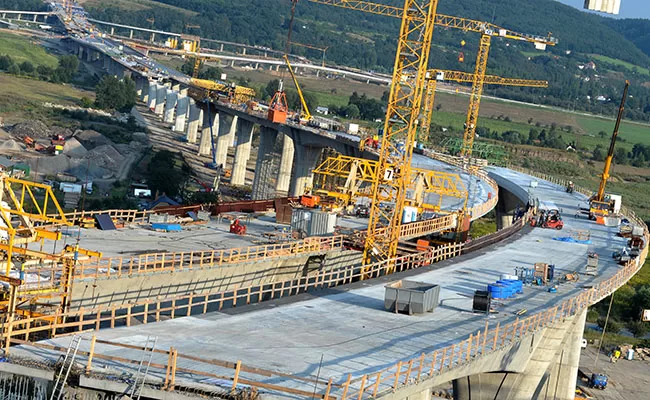
Iran’s infrastructure encompasses a diverse range of sectors crucial for the country’s development and economic growth. This includes transportation infrastructure such as roads, railways, ports, and airports, which facilitate domestic and international trade. Energy infrastructure, particularly Iran’s vast oil and gas reserves, plays a central role in the economy, while investments in renewable energy sources are also gaining momentum. The country’s telecommunications infrastructure supports communication and connectivity, with efforts to expand broadband internet access nationwide. Despite progress in infrastructure development, challenges such as aging infrastructure, insufficient investment, and international sanctions hinder Iran’s efforts to modernize and expand its infrastructure network. Addressing these challenges is essential for sustaining economic development and improving living standards for its population.
Last updated: April 26, 2022
Environment
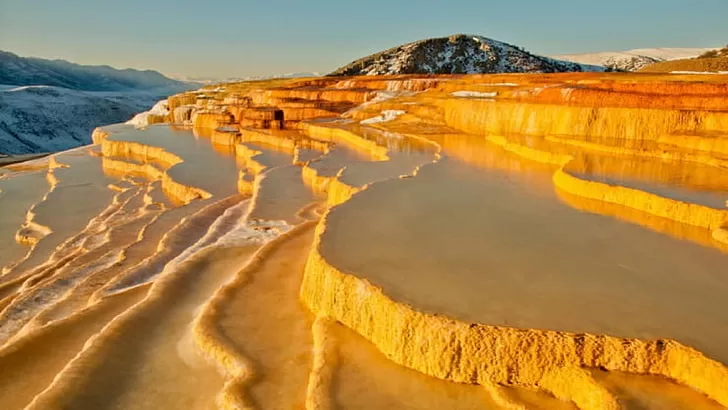
Iran’s environment faces a range of challenges stemming from factors such as climate change, water scarcity, desertification, air pollution, and habitat degradation. The country’s diverse geography includes arid deserts, rugged mountains, and fertile plains, each presenting unique environmental concerns. Water scarcity is a significant issue, exacerbated by inefficient agricultural practices, population growth, and climate variability. Desertification threatens large swathes of land, leading to soil erosion and loss of biodiversity. Air pollution, particularly in urban areas like Tehran, is a pressing concern, attributed to vehicle emissions, industrial activities, and dust storms. Iran’s rich natural heritage, including its forests, wetlands, and wildlife, is also under pressure from human encroachment and unsustainable resource extraction. Addressing these environmental challenges requires coordinated efforts, including sustainable land management practices, investments in renewable energy, and measures to reduce pollution and conserve natural resources.
Last updated: March 15, 2022
Health and Medical
Iran’s healthcare system comprises public and private sectors, aiming to provide accessible and affordable healthcare services to its population. The government has invested in expanding healthcare infrastructure, including hospitals, clinics, and medical facilities, particularly in urban areas. Primary healthcare services are provided through a network of community health centers, while specialized care is available in larger cities. Iran has made significant strides in improving healthcare outcomes, including reducing infant mortality rates and increasing life expectancy. However, challenges persist, including disparities in access to healthcare between urban and rural areas, shortages of medical supplies and equipment, and brain drain of healthcare professionals. Additionally, economic sanctions have affected Iran’s ability to import medicines and medical technology, impacting the availability and affordability of healthcare services. Efforts to strengthen the healthcare system, enhance medical education and research, and address health inequalities remain ongoing priorities for Iran.
Last updated: August 26, 2023
Political
Iran’s political landscape is shaped by its unique system of governance, characterized by a combination of Islamic principles and democratic elements. The country operates as an Islamic Republic, with ultimate authority vested in the Supreme Leader, who is the highest-ranking political and religious figure. The President, elected by popular vote, serves as the head of government, overseeing the executive branch. Iran’s political system also includes a Parliament (Majlis) and an Assembly of Experts, responsible for electing and overseeing the Supreme Leader. The Guardian Council, composed of clerics and jurists, plays a key role in vetting candidates for elections and ensuring conformity with Islamic law. While Iran holds regular elections, critics argue that the political system lacks true pluralism and restricts freedom of expression and political dissent. The country’s foreign policy, particularly its stance on nuclear proliferation and regional conflicts, also shapes its political dynamics and international relations. Overall, Iran’s political landscape reflects a complex interplay of religious authority, democratic processes, and regional geopolitics.
Last updated: March 25, 2022
